During Quill & Pad’s on location visit to Jaeger-LeCoultre in Le Sentier, Ian and I had the unique chance to take a lesson in enameling from the brand’s self-taught master Miklos Merczel.
Merczel’s story is an interesting one, and jibes with Jaeger-LeCoultre’s common history with this art form: historically and uniquely on request, Jaeger-LeCoultre has famously placed enameled miniature paintings on the flip side of the Reverso case.
Since 1992 − that’s 22 years now − self-taught master enameler Merczel, has been painting these miniature masterpieces within the manufacture.
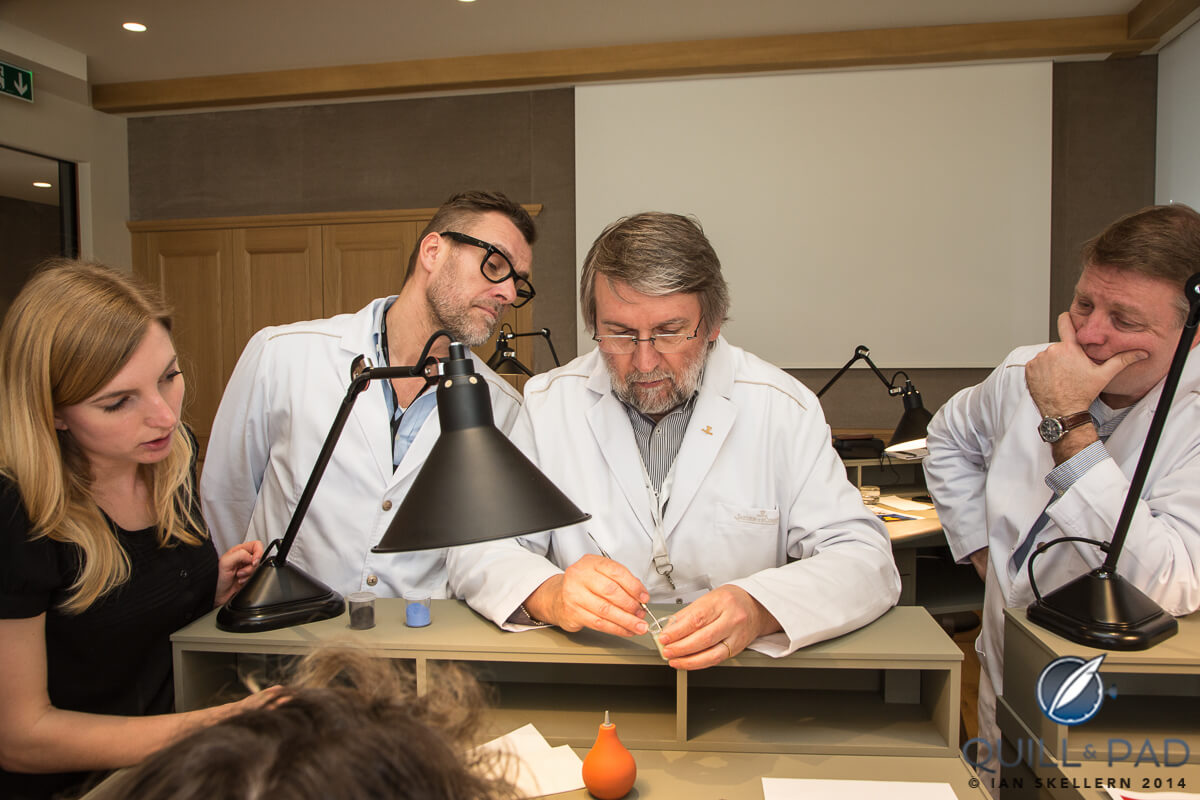
Miklos Merczel showing attentive students how it’s done at the Jaeger-LeCoultre “enameling clinic” in Le Sentier
“We had to ‘relearn’ the art of enameling but using modern materials, and it took a lot of time to perfect it,” marketing and product director Stéphane Belmont explained during the visit. “When Miklos started, he was actually a watchmaker, and he used to paint at home because he was very much interested in it.”
Belmont went on to disclose that on the initiative of Merczel, Jaeger-LeCoultre founded its in-house enamel division back in the 1990s by first embellishing the Reverso model, which was one of Jaeger-LeCoultre’s most successful products at the time, and likely throughout the history of the company.
“Throughout our history you have many Reversos with enamel on the back, so it was part of the heritage of the Reverso, and that’s something we needed to also master at Jaeger-LeCoultre, and that’s why he started to work on that,” Belmont confirmed.
Sophie Quenaon entered the enameling department in 2000, where she joined Merczel only five years after beginning to work at Jaeger-LeCoultre as an untrained engraver coming from the optics industry. “I have had no formal education in this sphere, but I always loved drawing,” she explained to me during the visit. “I learned engraving and enameling from other artisans here at Jaeger-LeCoultre.”
“The idea of working with colors and the alchemy of enamel seemed amazing; at the time the manufacture presented the famous ‘Four Seasons’ limited series of Reversos enameled with paintings by Alphonse Mucha,” Quenaon continued. “I started enameling the Reverso case backs, and my first model was the ‘Claire de Lune’ (‘Moonlight’) by Mucha.”
As Ian and I can attest from our own experiences, enameling is not necessarily an easy art form: the minute details are added to the canvas formed by a dial or case back with a fine brush comprising one single marten hair.
After a first firing, one can correct and add color (which must be thinned by adding oil), after which another firing fixates the motif. For us, the experience ended after that relatively simplistic procedure. However, for real enamelers creating a small dial like we worked on can last for days. The outcome is, of course, a horse of quite a different color.
If you ask why Jaeger-LeCoultre went to so much trouble to bring us to the factory and teach us how to enamel, I easily answer in order to help us understand how difficult the art form is, particularly in relation to the unique Hybris Artistica pieces introduced earlier in 2014. You can see Ian’s original photos of these masterpieces by clicking When Art Ticks: Why Jaeger-LeCoultre Is A Master Of Art And Mechanics.

Jaeger-LeCoultre Hybris Artistica Duomètre Sphérotourbillon Enamel
Some of these monuments to the art of watchmaking proudly display artistic enameling, such as the Hybris Artistica Duomètre Sphérotourbillon Enamel, whose silver-speckled blue enamel recreates the look of aventurine using an enamel technique called pailloné.
The Hybris Artistica Atmos Marqueterie combines wood marquetry with miniature painting in enamel, one of the most painstaking art forms possible as it demands a level of patience and artistry that is more or less incomprehensible to us mere mortals.
It is important for Jaeger-LeCoultre to so fully display both sides of the company’s incredible skill: not only does this Swiss manufacture master complicated and simple mechanics, but also extremely complicated and rare decorative art forms in-house.
“All that you see in the Hybris Artistica collection is more the beginning,” Belmont promises us. “We will use this new approach in our watches for the future as well. It’s kind of showing the future of complicated watches, and our regular watches too.”
Quick Facts: Hybris Artistica Duomètre Sphérotourbillon Enamel
Case: white gold, 42 mm
Movement: manually wound Jaeger-LeCoultre Caliber 382 with Sphérotourbillon, total of 460 components and 50 hours of power reserve
Functions: hours minutes, seconds (instantly resettable for precision time-setting); second time zone/24-hour time, double power reserve indication
Limitation: one unique piece
Price: priceless
Trackbacks & Pingbacks
-
[…] We have learned how to paint and fire enamel dials. […]
-
[…] Indeed, the protective case back of the Reverso has always been used for personal embellishment, be it the enamel that has experienced extreme renaissance under the careful tutelage of the grande maison’s own Miklos Merczel as of 1992 or personal engravings (see Jaeger-LeCoultre’s Art Of In-House Enameling). […]
-
[…] And during Jaeger-LeCoultre, it is indeed partial of a healthy progression: Miklos Merczel, creatively a watchmaker, organically founded a enameling dialect in Le Sentier in 1992 interjection to a personal passion for a subject. Learn some-more about Merczel and enameling during JLC in Jaeger-LeCoultre’s Art Of In-House Enameling. […]
-
[…] And at Jaeger-LeCoultre, it is actually part of a natural progression: Miklos Merczel, originally a watchmaker, organically founded the enameling department in Le Sentier in 1992 thanks to a personal passion for the subject. Learn more about Merczel and enameling at JLC in Jaeger-LeCoultre’s Art Of In-House Enameling. […]
Leave a Reply
Want to join the discussion?Feel free to contribute!





















































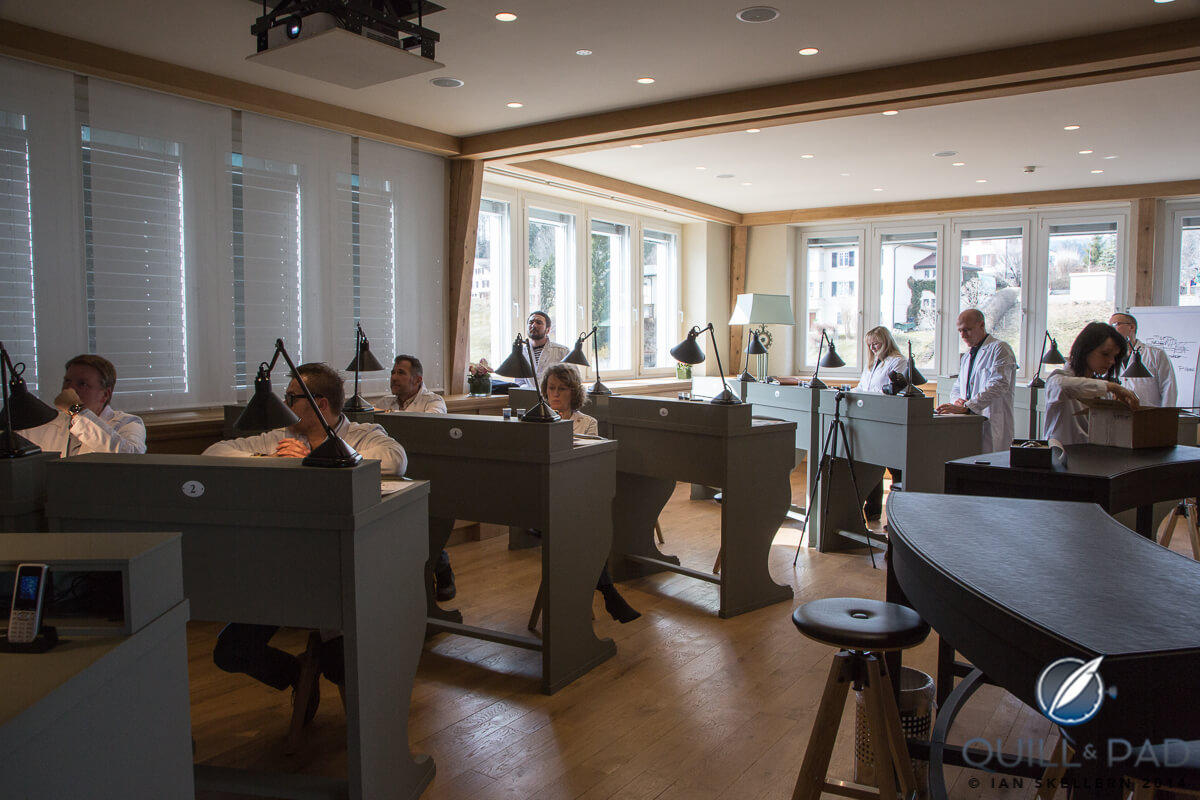

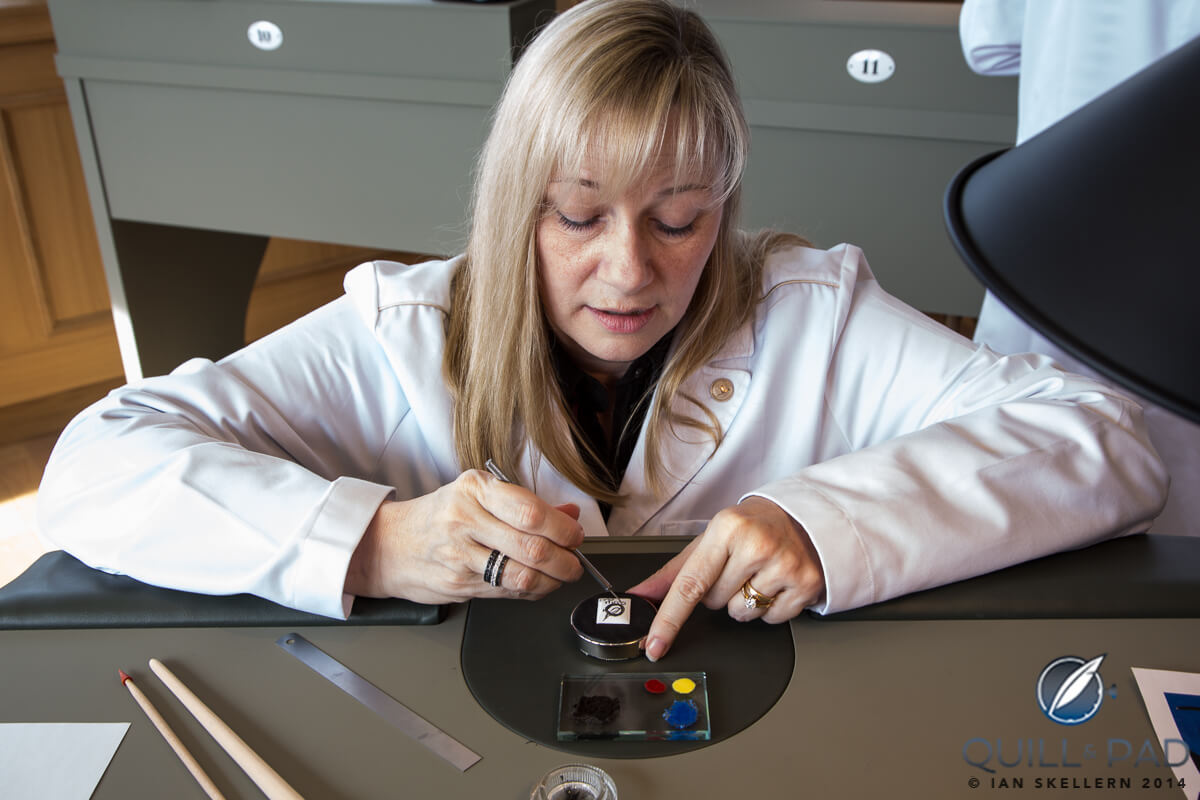
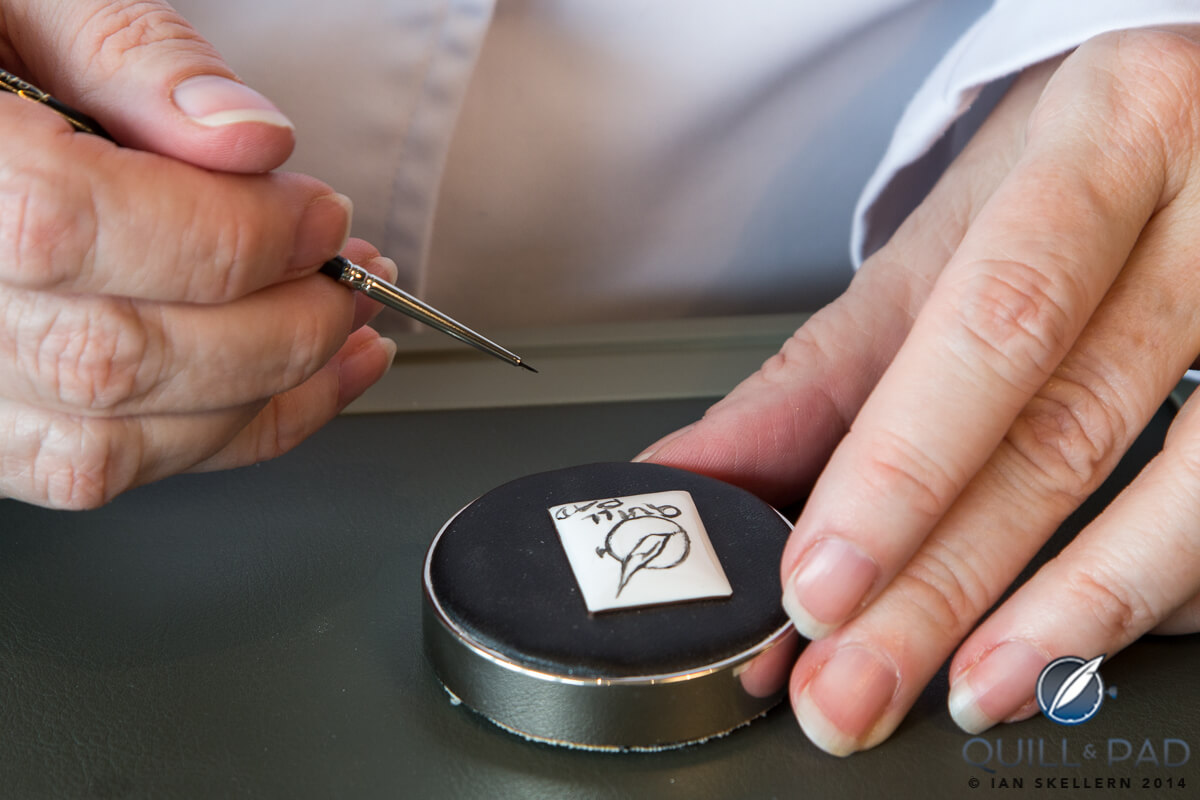
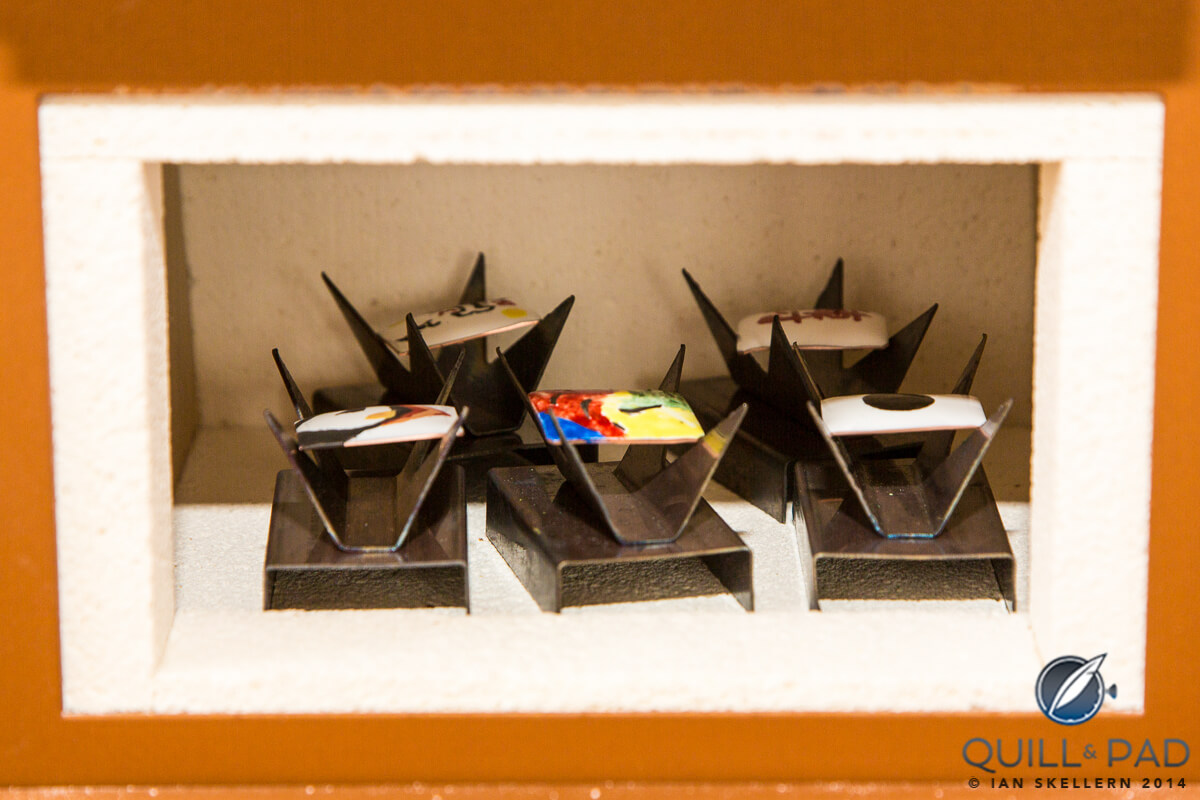
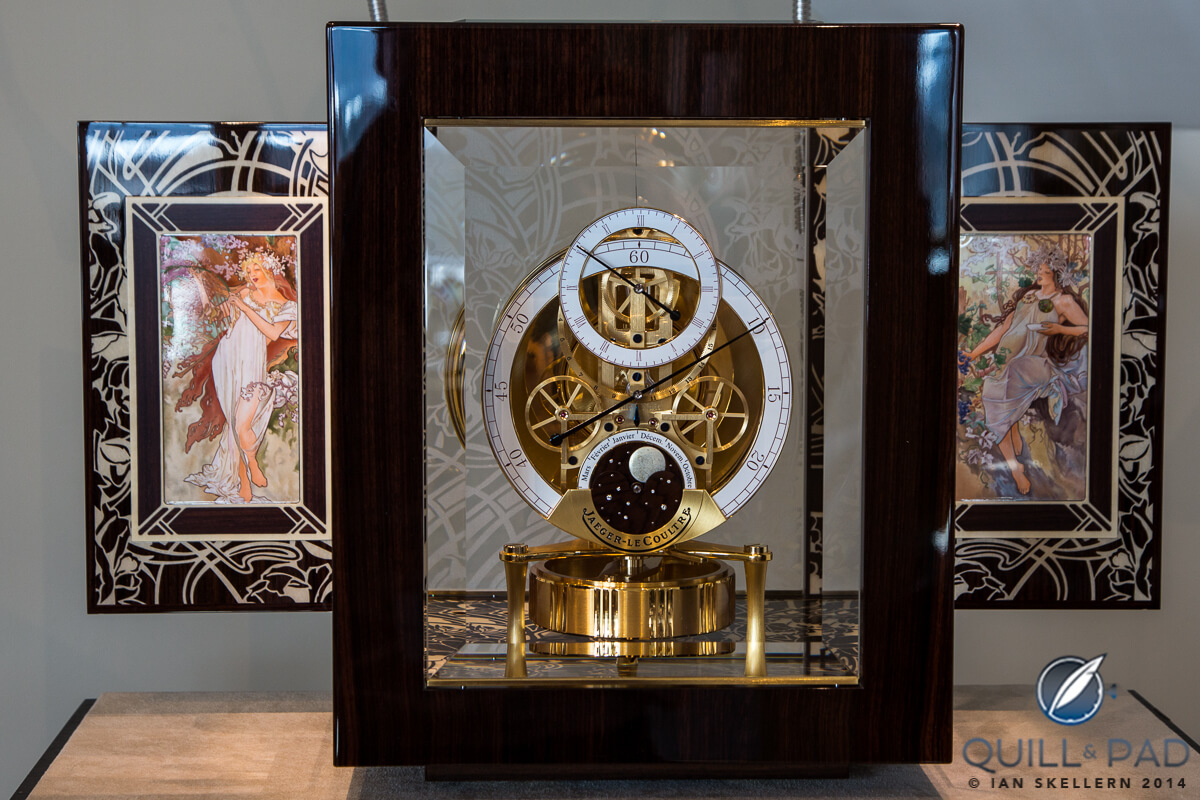
Color me envious! Thanks for the entertaining report on what looks to have been a fabulous experience!
I’ve been thinking for some time about getting some sort of decoration on the reverse of one of my Reversos, and enameling might be just the thing…